Chemistry laboratories come equipped with a variety of chemical laboratory apparatuses and instrumentations used in experimental and research applications. Chem laboratory apparatus can make or break any scientific endeavour, whether analysing a chemical reaction or developing new compounds. Knowledge of the list of chemistry laboratory apparatus, name of apparatus in chemistry and uses are paramount for precision and safety in laboratories.
In this blog, we will explore a list of chem laboratory apparatus, with special attention given to each piece of chemical laboratory apparatus and its function. Such chem laboratory apparatuses are indispensable for tasks ranging from precise measurements to handling hazardous substances. If it's not the utensils used for mixing solutions in the chem lab, then it's the chemistry lab utensils designed for the safe storage of substances: every item plays a role in creating an effective and safe environment for running experiments.
Join us as we explore different laboratory implements with their functions, thereby learning about the tools that aid in the efficiency of chemistry labs.
List Of Chemistry Laboratory Apparatus
Chemistry laboratories serve as a platform for scientists and students to conduct various experiments. For every variable dimension quality, Atico India offers a separate chemical laboratory apparatus. Each chemical apparatus is intended for a particular function that is usually indispensable in carrying out the proper and safe practice in laboratory work. Here is a close study of the 15 Common apparatuses at a chemistry lab.
15 Common Chemistry Laboratory Apparatus and Their Uses
Here’s a detailed look at 15 common chemistry apparatus and their uses in the chemistry lab.
Test Tubes
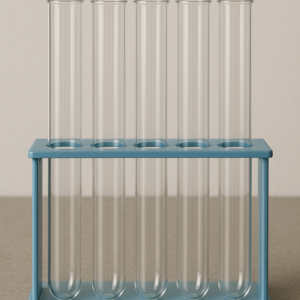
By far test tubes are the most fundamental yet versatile chemical laboratory apparatus. They are containers that hold small amounts of substances, chemical mixing, and heating liquids. The design of their open-ended structure makes them suitable for reactions that require ventilation, and they are typically used in preliminary experiments. Test tubes come in different sizes and materials depending on the type of experiment.
Beakers
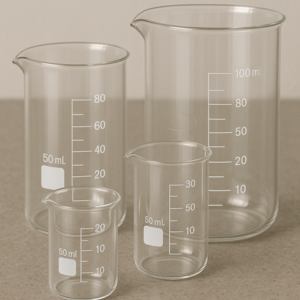
Beakers are laboratory apparatus with functions and come in several sizes, but common uses are mixing, stirring, and heating liquids; they are not supposed to measure exactly and their wide shape holds and transports liquids. Beakers are available for general-purpose chemistry and can be used with other chem laboratory apparatus.
Graduated Cylinder
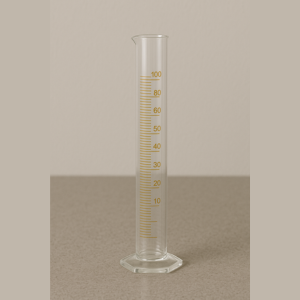
A graduated cylinder is a laboratory apparatus designed to give precise measurements of liquid volume; they, unlike beakers, have marked scales for accurate reading. Thus, graduated cylinders are a vital part of all kinds of chemistry labs even for dilution and preparation of solutions.
Volumetric Flasks
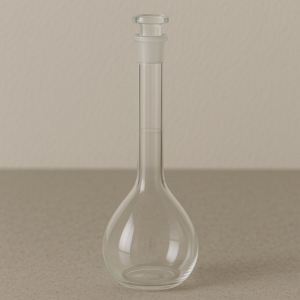
Volumetric Flasks are used for the exact formation of solutions. They are usually graduated to hold some fixed volume of liquid; hence, they serve a useful purpose during accurate concentration preparation. They are the most chem laboratory apparatuses important in preparing solutions of known molarity or during titration experiments.
Pipettes
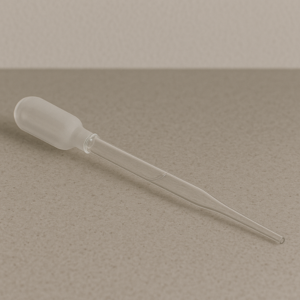
Pipettes have their primary appliance in the accurate transfer or measurement of a certain amount of liquid from one container to another. Pipettes include graduated pipettes and micropipettes, which are used in various experiments in a laboratory or research. These pipettes are usually vital in titrations or when the volumes are of very small size.
Burettes
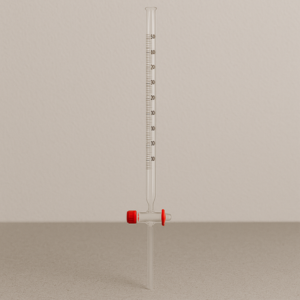
A burette is a vital part of the list of chemistry laboratory apparatus. It is used in chemistry to dispense a measured quantity of liquid, particularly during titration. The long graduated form of this instrument facilitates accuracy in measurement and the precise introduction of reactants in very small volumes.
Funnels
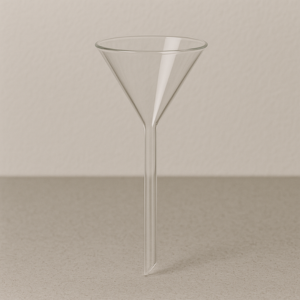
Funnels are simple, yet indispensable pieces of chemistry apparatus used to direct the transfer of liquids or powdered materials into vessels with smaller openings. These often have filter paper to separate solids from liquids. The funnel allows for zero liquid wastage and causes a prevention of liquid spillage during transfer.
Watch Glasses
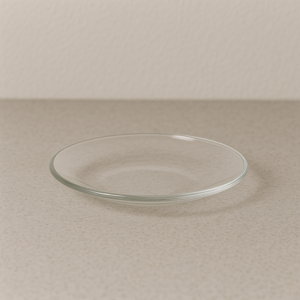
A watch glass is a small, concave dish for observing minute chemical reactions mnemonically, covering beakers, or weighing solids. The watch glasses are also good at keeping liquids from evaporating and are very easy to clean and use due to their smooth surfaces.
Thermometers
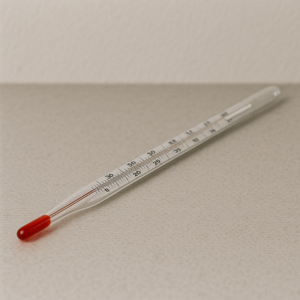
The thermometer is a vital chemistry lab apparatus. It measures the temperature of substances during experiments. Correct temperature measurement is essential in chemistry, as most chemical reactions and processes change with temperature variations. Therefore, a thermometer ensures that all the experiments are done under controlled conditions to yield reliable and reproducible results.
Test Tube Stands
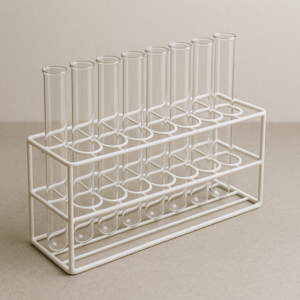
These stands are made to hold test tubes firmly while performing experiments. The stands come in different shapes and sizes, thus providing a stable hold when the test tubes are not in active use. Using test tubes helps minimize accidents, allowing the proper handling of the test tubes during the activity in the lab.
Safety Glasses

Safety is essential in a laboratory at all times. Safety glasses form a principal safety feature in a chemical laboratory apparatus. These glasses offer complete eyes protection from splashes, vapours, and flying particles. This is the primary safety measure while handling chemicals considered hazardous.
Bunsen Burners
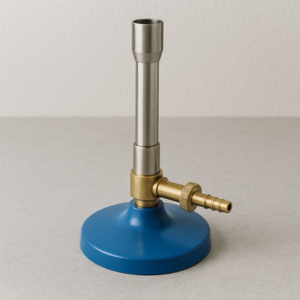
It is undoubtedly one of the most frequently used sources of heat in the chemistry lab: small, portable, and adjustable, a Bunsen burner can serve a wide variety of functions, including heating substances, sterilizing equipment, and supporting combustion-that is what makes it one of the most critical pieces of chemistry equipment in any laboratory.
Fume Hoods
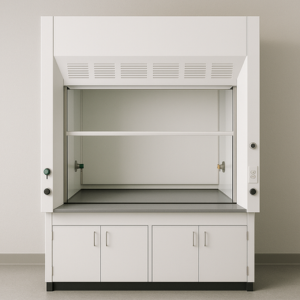
Fume hoods are required for air purification and safety in laboratories. They are designed to catch and throw away toxic fumes or gases released from chemical reactions. Fume hoods provide a restricted volume for handling volatile substances, making them necessary for any chemistry apparatus set.
Litmus Paper
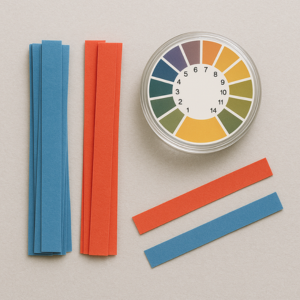
Litmus paper is a type of pH indicator, which is used for determining whether a solution is acidic or basic. The paper changes its colour in different ranges of pH and is a very simple, yet efficient method for finding whether a substance is an acid or a base. It is very cheap yet highly effective chemistry lab equipment to perform simple chemical tests.
Centrifuges
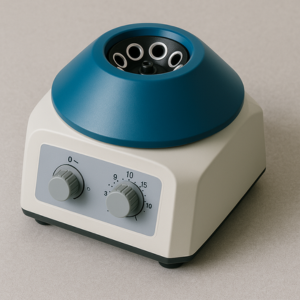
Centrifuges are those chemistry apparatus where substances of different densities or weights are separated by rotating them at very high speeds. This technique is applied mostly in mixtures for the separation of solids from liquids or to obtain a compound based on its mass.
Conclusion
In a chemistry laboratory, an irreplaceable role is played by the chemistry lab apparatus. Each of these, from test tubes to beakers and fume hoods to burettes, serves its particular function contributing to the successful and safe conduct of an experiment. The availability of the correct chemistry apparatus will thus enable chemists, researchers, and students to work effectively and accurately. With the correct chem lab apparatus, the possibilities in chemistry for discovery and innovation are limitless.

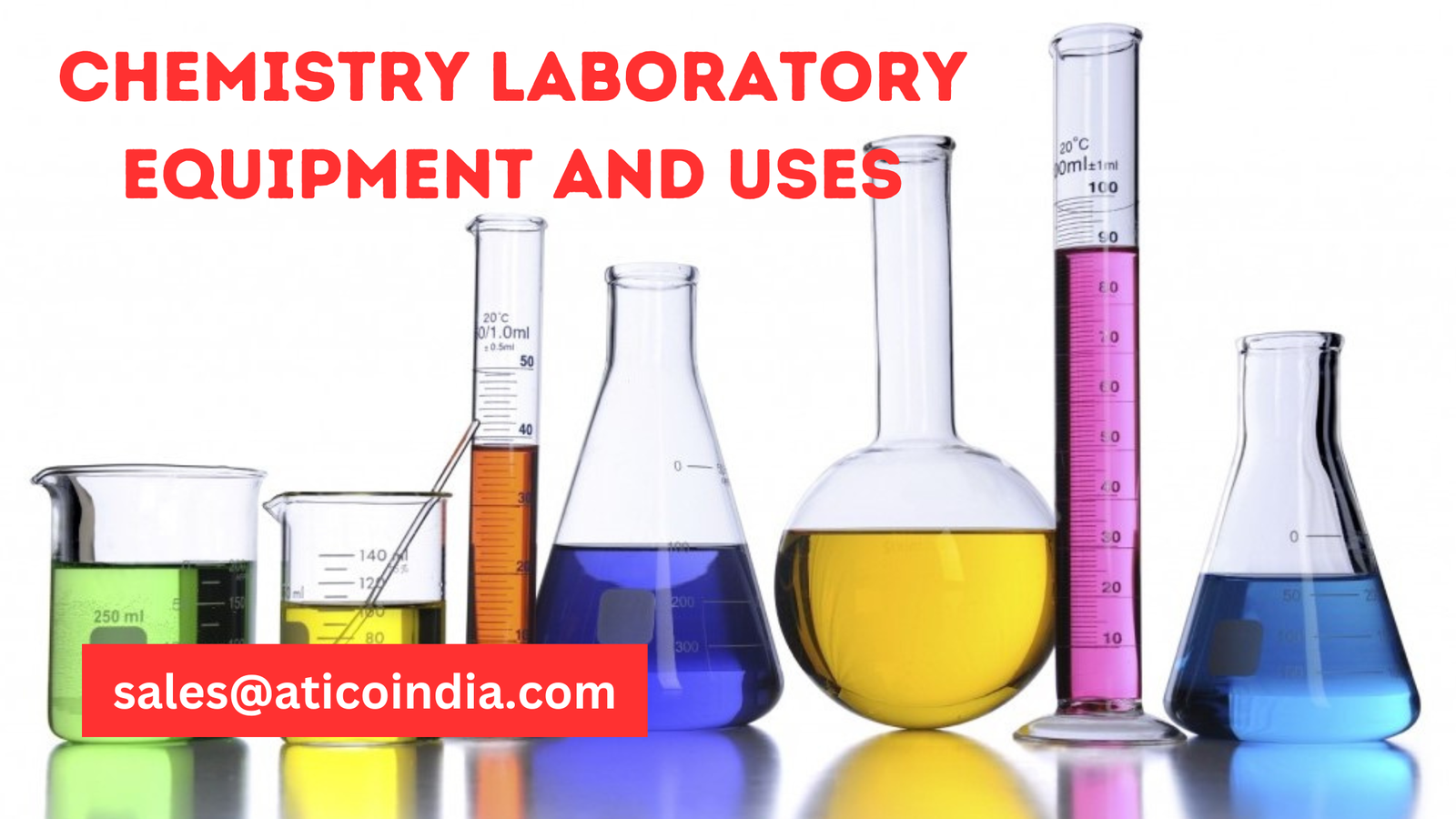

0 Replies to “Methods of the recruitment”